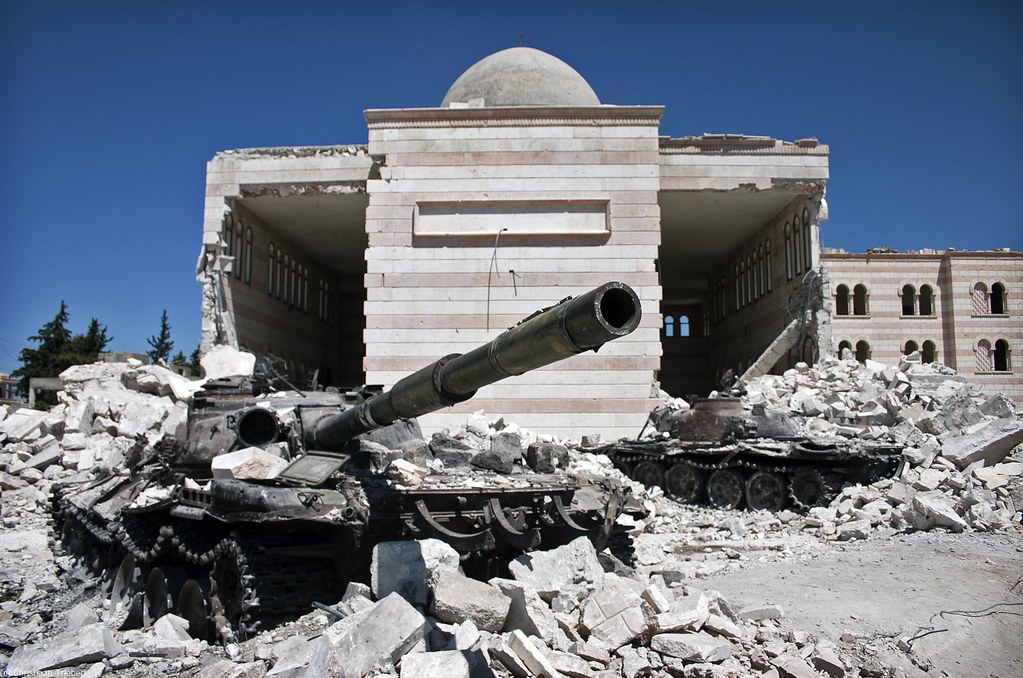 |
| Image: Flickr User - Christiaan Triebert |
By David Volodzko
A look at history proves China’s leading role in arming the Assad regime, thus contributing to today’s civil war.
Recently I objected to Chinese media making political currency out of the Syrian refugee crisis by castigating the U.S. for not doing more to help. Friends and readers have since taken umbrage with the suggestion that China is throwing stones from within a glass house, and to be fair, the fault is mine for presenting an argument that appears guilty of causal oversimplification.
I had noted China’s armoring of Syria with air defense systems via Iran, but apologists have parried that this association is tenuous at best. And though it strains credulity to imagine China is ignorant of Iranian dealings, an airtight argument for China’s culpability should demonstrate causal dependence—that is, had China not taken certain actions, present circumstances wouldn’t have been possible. So, because al-Assad’s attacks supervene on his possession of chemical and ballistic technologies, we must show that China directly provided these to Syria. Fortunately, the historical record is very clear on this.
In 1988, China sold M-9 missiles to Syria, despite U.S. opposition, although U.S. diplomats later persuaded Beijing to cancel the delivery. In 1991 Bush ended satellite technology sales to China because it was selling weapons to Syria, and until Beijing promised to stop, Secretary of State James A. Baker postponed his visit to Beijing. China made that promise, but was caught armoring Syria only a few months later.
To continue getting weapons in, despite promises not to sell missiles, China then began selling missile components to Syria. In 1996 it was again caught selling missile technology to Syria, and in 1999 it sent 10 tons of powdered aluminum [PDF] to the Centre des Etudes de Recherche Scientifique (CERS) in Syria, which operates the nation’s missile program. This continued through the 2000s. For instance, in 2002 China proposed a Syrian Scud production center and from 2006 to 2010, China was one of Syria’s top five providers of conventional weaponry. And let’s not forget, this heavy weaponization of Syria took place during Syria’s 30-year military occupation of Lebanon and long after the glow of Hafez al-Assad’s promising leadership had gone dim and his tyrannical son, Bashar al-Assad, had taken power.
Finally, on February 2, 2011, 15 people held a candlelight vigil in Damascus and the government responded with brutal force, precipitating the February 3 “Day of Rage.” In 2012, former Chinese Representative to the U.N. Li Baodong commented, “[I]t is imperative to put an immediate end to all violence in Syria” — even as China continued to pump weapons into Syria.
Read the full story at The Diplomat
